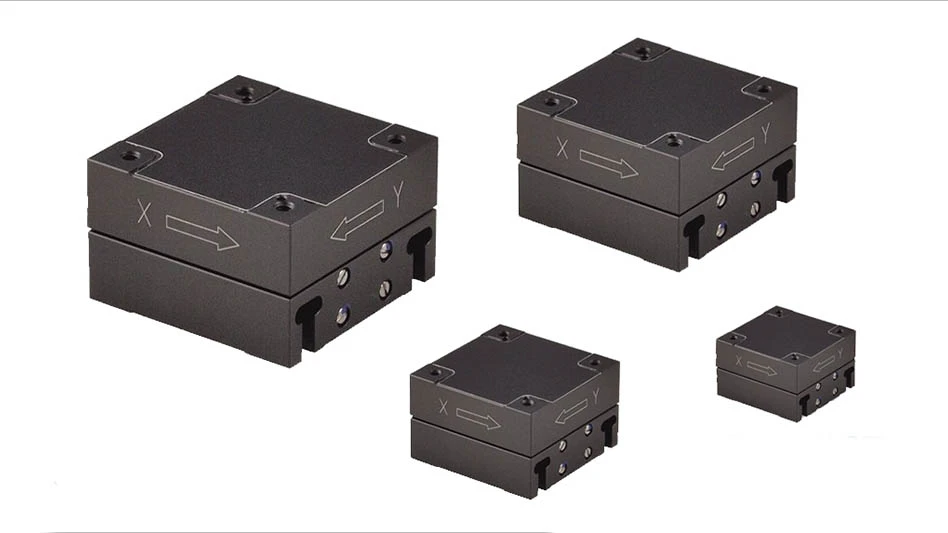
Since 1939, Sciaky has provided innovative solutions for the manufacture of warplanes, space shuttles, rockets, satellites, warships, tanks, submarines, and automobiles. No other industrial metal 3D printing provider has more approved applications on land, sea, air, and space than Sciaky’s Electron Beam Additive Manufacturing (EBAM®) technology.
How EBAM works?
Starting with a 3D model from a CAD program, Sciaky’s electron beam (EB) gun deposits metal, via wire feedstock, layer-by-layer, until the part reaches near-net shape and is ready for heat treatment and finish machining. Wire feedstock is significantly less expensive, easier to store, and is safer to handle than some highly flammable powder feedstocks. Overall, EBAM reduces material costs with significantly less waste, shortens lead times, and reduces machining times by as much as 80% compared to conventional manufacturing. Plus, with EBAM’s pure vacuum environment, the process doesn’t require the use of argon or any inert gas for part shielding.
As the most widely scalable metal additive manufacturing (AM) solution in the industry in terms of work envelope, Sciaky’s EBAM systems can produce parts ranging from 8" (203mm) to 19ft (5.79m) in length. EBAM is also the fastest deposition process in the metal AM market, with gross deposition rates up to 25 lb (11.34kg) of metal per hour. EBAM brings quality and control together with the Interlayer Real-time Imaging and Sensing System (IRISS®), the only real-time adaptive control system in the metal 3D printing market that can sense and digitally self-adjust metal deposition with precision and repeatability. This innovative closed-loop control is the primary reason that Sciaky’s EBAM 3D printing process delivers consistent part geometry, mechanical properties, microstructure, and metal chemistry from the first part to the last.

The best material candidates for EBAM applications are weldable metals that are available in wire feedstock. These include titanium and titanium alloys, Inconel, tantalum, tungsten, niobium, stainless steels, copper nickel, and nickel copper.
Furthermore, with an EBAM dual-wirefeed system, you can combine two different metal alloys into a single melt pool, managed with independent program control, to create custom alloy parts or ingots. You also have the option to change the mixture ratio of the two materials, depending upon the features of the part that you are building, to create graded parts or structures. In addition, you can alternate between different wire gauges for finer deposition features (thin wire) and gross deposition features (thick wire). These unique benefits are exclusive to the EBAM dual-wirefeed process and are not available with any other metal additive manufacturing process in the market.
Best of all, Sciaky’s EBAM systems are available for purchase or contract service engagements.
For more info. visit https://www.Sciaky.com or call the EBAM experts at 877.450.2518.

Explore the Additive Manufacturing Target Guide Issue
Check out more from this issue and find your next story to read.
Latest from Aerospace Manufacturing and Design
- Talking machine tools with the professionals who build them
- Tools and strategies for improving your machining processes
- America Makes announces QTIME project call
- Innovation meets precision for 40% faster machining
- Upcoming webinar: Pro tips from a supply chain strategist
- Heart Aerospace relocates to Los Angeles
- Fixtureworks introduces Stablelock Clamps
- Piasecki acquires Kaman's KARGO UAV program





